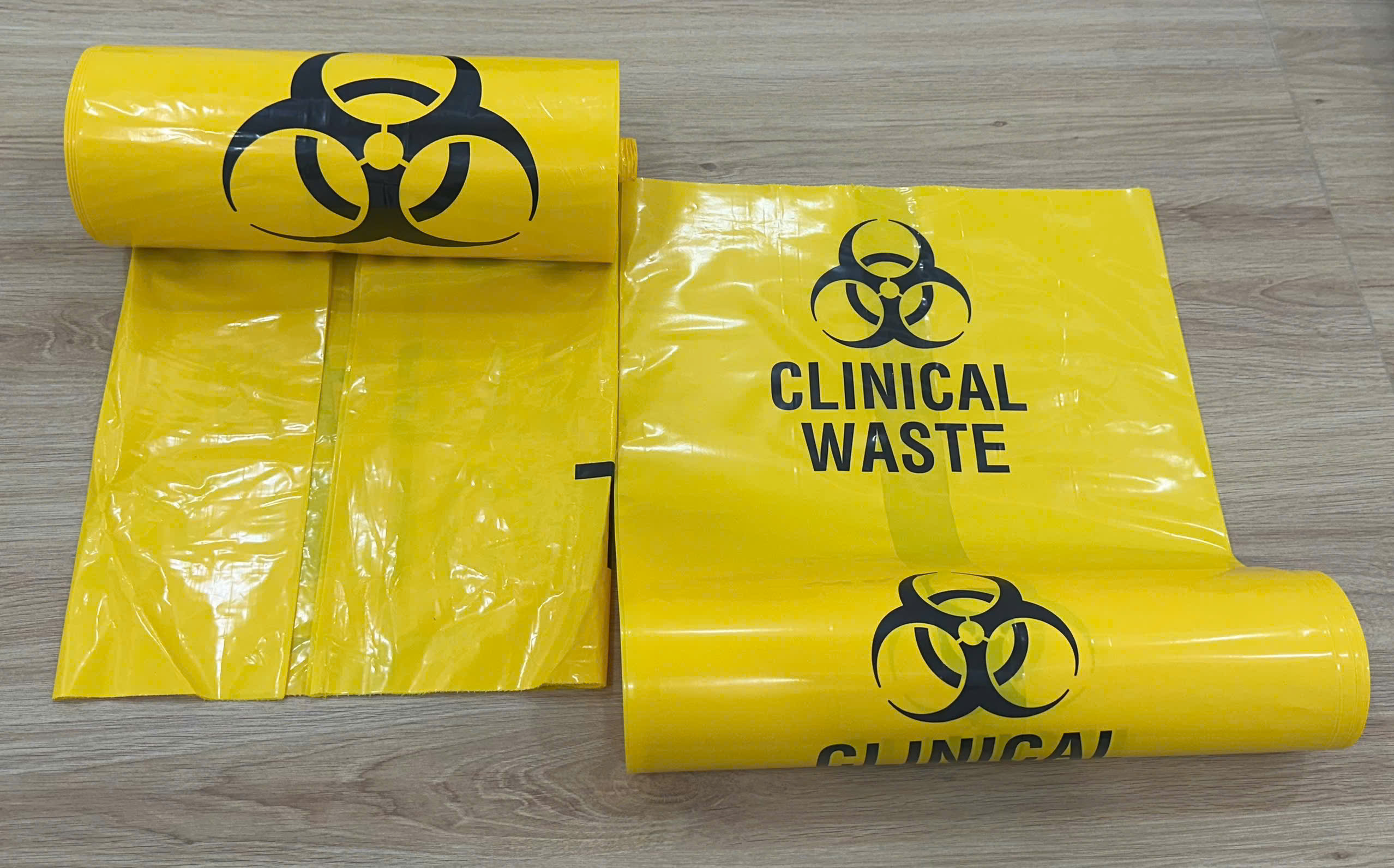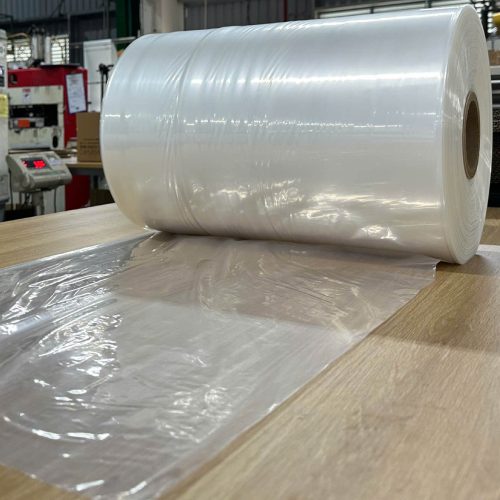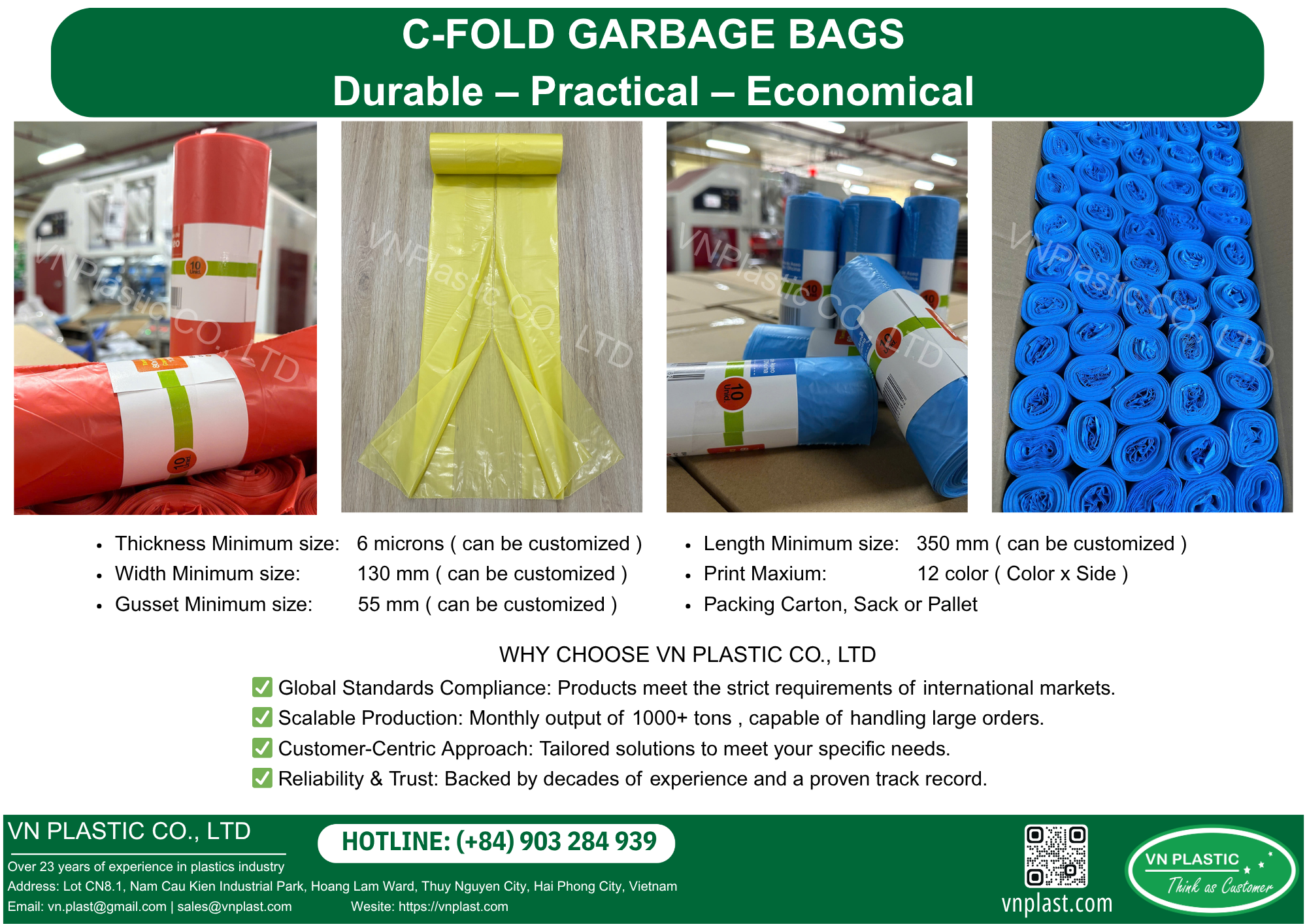Stretch Film Plastic is a versatile and essential material in the world of packaging and logistics. This thin, elastic plastic film is widely used to secure, bundle, and protect a wide range of products during transportation, storage, and distribution. From pallet wrapping to individual item bundling, stretch film plastic has become an indispensable tool for businesses and industries across the globe.
Stretch Film Plastic

Stretch film plastic, also known as pallet wrap or shrink wrap, is a thin, stretchable plastic film that is used to secure and protect items during shipping and storage. It is made from a variety of plastic materials, including polyethylene (PE), polypropylene (PP), and polyvinyl chloride (PVC), and can be customized to meet specific needs and requirements.
The Importance of Stretch Film in Packaging
Stretch film plastic plays a crucial role in ensuring the safe and efficient transport and storage of a wide range of products. It helps to:
- Secure and stabilize pallets and individual items, preventing them from shifting or falling during transit.
- Protect products from environmental factors, such as dust, moisture, and damage.
- Reduce the risk of product loss and damage, leading to cost savings and improved customer satisfaction.
- Facilitate the handling and movement of goods, as the stretch film creates a tight, cohesive unit that is easier to maneuver.
The Evolution of Stretch Film
Over the years, stretch film has undergone significant advancements in terms of quality, performance, and environmental sustainability. Manufacturers have developed stronger, more durable, and more stretchable films, as well as films with specialized features, such as:
- Puncture-resistant films for heavy or sharp-edged items.
- Anti-static films to prevent the buildup of static electricity.
- Pre-stretched films that require less effort to apply.
- Recyclable or biodegradable films to address environmental concerns.
These innovations have helped to drive the widespread adoption of stretch film across various industries, making it an essential component of modern packaging and logistics.
Stretch film plastic wrapping
Stretch film plastic wrapping is the process of using stretch film plastic to secure and protect items during transportation and storage. This method offers a range of benefits, including:
Pallet Wrapping
One of the most common applications of stretch film wrapping is pallet wrapping, which involves covering a pallet of goods with the film to create a stable and secure unit. This helps to prevent the items from shifting or falling during transit, reducing the risk of damage and loss.
Individual Item Bundling
Stretch film plastic wrapping can also be used to bundle individual items, such as boxes, cans, or bottles, to create a cohesive unit that is easier to handle and transport. This is particularly useful for small or irregularly shaped items that may be difficult to stack or secure on a pallet.
Specialized Wrapping Techniques
In addition to basic pallet and item wrapping, there are specialized stretch film wrapping techniques that can be used to address specific challenges or requirements. These include:
- Corner and edge protection: Using additional layers of film or corner boards to reinforce vulnerable areas.
- Vertical wrapping: Wrapping items vertically to create a more stable and compact unit.
- Machine-assisted wrapping: Using automated wrapping equipment to improve efficiency and consistency.
The Importance of Proper Wrapping Techniques
Proper stretch film plastic wrapping techniques are essential to ensure the effectiveness and efficiency of the process. Factors such as film tension, overlap, and number of layers can all impact the stability and protection of the wrapped items. By mastering these techniques, businesses can optimize their packaging and logistics processes, reduce costs, and improve customer satisfaction.
Stretch film roll
Stretch film plastic rolls are the foundation of the stretch film packaging process. These rolls come in a variety of sizes, thicknesses, and materials, each offering unique benefits and characteristics.
Types of Stretch Film Rolls
- Polyethylene (PE) Stretch Film: This is the most common type of stretch film plastic, offering a good balance of strength, stretchability, and affordability.
- Polypropylene (PP) Stretch Film: This film is known for its high tensile strength and resistance to punctures and tears, making it suitable for heavy-duty applications.
- Polyvinyl Chloride (PVC) Stretch Film: PVC stretch film is often used for its transparency and cling properties, which can be beneficial for certain packaging applications.
Roll Dimensions and Specifications
Stretch film plastic rolls come in a range of dimensions, including width, thickness, and length. The specific dimensions and specifications depend on the intended use and the requirements of the packaging process. Factors to consider when selecting a stretch film roll include:
- Roll width: Typically ranging from 12 to 20 inches, depending on the size of the items being wrapped.
- Film thickness: Ranging from 12 to 100 microns, with thicker films offering greater strength and durability.
- Roll length: Typically ranging from 1,000 to 6,000 feet, with longer rolls reducing the frequency of roll changes.
Choosing the Right Stretch Film Plastic Roll
When selecting a stretch film plastic roll, it’s important to consider the specific needs of your packaging process, such as the weight and size of the items being wrapped, the environmental conditions, and the level of protection required. Consulting with a stretch film plastic supplier or packaging expert can help you identify the most suitable roll for your requirements.
Stretch film plastic type
Stretch film plastic comes in a variety of types, each with its own unique properties and advantages. Understanding the different stretch film plastic types can help businesses choose the most appropriate option for their packaging needs.
Polyethylene (PE) Stretch Film
Polyethylene (PE) stretch film is the most common type of stretch film . It is known for its strength, stretchability, and cost-effectiveness. PE stretch film is available in a range of thicknesses, from 12 to 100 microns, and can be customized to meet specific requirements.
Polypropylene (PP) Stretch Film
Polypropylene (PP) stretch film is renowned for its high tensile strength and resistance to punctures and tears. This makes it an ideal choice for packaging heavy or sharp-edged items. PP stretch film is also often used in applications that require a higher level of protection, such as outdoor storage or transportation.
Polyvinyl Chloride (PVC) Stretch Film
Polyvinyl Chloride (PVC) stretch film is known for its transparency and excellent cling properties. This makes it a popular choice for applications where visibility of the packaged items is important, such as in retail displays. PVC stretch film is also often used for its ability to conform to irregular shapes and maintain a tight, secure wrap.
Biodegradable and Recycled Stretch Film
In response to growing environmental concerns, manufacturers have developed stretch film options that are more environmentally friendly. These include biodegradable stretch film, which is designed to break down more quickly, and recycled stretch film, which is made from recycled plastic materials.
Choosing the Right Stretch Film Plastic Type
When selecting the appropriate stretch film plastic type for your packaging needs, consider factors such as the weight and size of the items being wrapped, the level of protection required, and any environmental or sustainability concerns. Consulting with a stretch film plastic supplier or packaging expert can help you make an informed decision.
Stretch film plastic packaging
Stretch film packaging is a versatile and efficient method of securing and protecting a wide range of products during transportation and storage. This packaging solution offers numerous benefits, from cost savings to improved customer satisfaction.
Pallet Wrapping
One of the most common applications of stretch film packaging is pallet wrapping. By wrapping a pallet of goods with stretch film , businesses can create a stable and secure unit that is easier to handle and transport. This helps to prevent product damage and loss, reducing the overall cost of shipping and logistics.
Individual Item Bundling
In addition to pallet wrapping, stretch film plastic packaging can also be used to bundle individual items, such as boxes, cans, or bottles. This creates a cohesive unit that is easier to handle and transport, and helps to protect the items from environmental factors, such as dust and moisture.
Specialized Packaging Applications
Stretch film plastic packaging can be tailored to meet the specific needs of various industries and applications. For example, in the food and beverage industry, stretch film packaging may be used to create tamper-evident seals or to protect products from moisture and contamination.
Advantages of Stretch Film Packaging
The use of stretch film plastic packaging offers a range of benefits, including:
- Cost savings: By reducing the risk of product damage and loss, stretch film plastic packaging can help businesses lower their overall shipping and logistics costs.
- Improved efficiency: The secure and stable nature of stretch film packaging can streamline the handling and movement of goods, improving overall efficiency.
- Enhanced customer satisfaction: Stretch film packaging helps to ensure the safe delivery of products, leading to increased customer satisfaction and loyalty.
- Environmental sustainability: The development of biodegradable and recycled stretch film plastic options has made this packaging solution more environmentally friendly.
By understanding the benefits and applications of stretch film packaging, businesses can optimize their packaging and logistics processes, leading to improved efficiency, cost savings, and customer satisfaction.
Stretch film price
The price of stretch film plastic can vary depending on a number of factors, including the type of material, the thickness of the film, the roll dimensions, and the quantity purchased.
Factors Affecting Stretch Film Price
- Material Type: As mentioned earlier, stretch film plastic can be made from different materials, such as polyethylene (PE), polypropylene (PP), and polyvinyl chloride (PVC). Each material has its own unique properties and pricing characteristics.
- Film Thickness: Thicker stretch film plastic tends to be more expensive than thinner options, as it requires more raw material to produce.
- Roll Dimensions: Larger roll sizes, such as those with a greater width or length, are typically priced higher than smaller rolls.
- Quantity Purchased: Businesses that purchase stretch film plastic in larger quantities often receive discounted prices, thanks to volume-based pricing structures.
Pricing Trends and Considerations
The price of stretch film plastic can fluctuate over time due to various market factors, such as the cost of raw materials, supply and demand, and changes in production and transportation costs.
When purchasing stretch film plastic, it’s important to consider not only the upfront cost but also the long-term impact on your overall packaging and logistics expenses. Factors such as the durability and performance of the film, as well as the potential for cost savings through reduced product damage and loss, should be taken into account.
By working closely with stretch film plastic suppliers and packaging experts, businesses can identify the most cost-effective solutions that meet their specific needs and requirements.
Stretch film roll manufacturers
The stretch film plastic industry is served by a diverse range of manufacturers, each offering unique products and services to meet the varying needs of businesses and industries.
Leading Stretch Film Plastic Roll Manufacturers
Some of the prominent stretch film plastic roll manufacturers include:
- Sigma Plastics Group: A large, vertically integrated manufacturer of a wide range of stretch film plastic products, including blown and cast film.
- Berry Global: A global leader in the production of stretch film plastic, with a focus on innovative and sustainable packaging solutions.
- Intertape Polymer Group: A North American manufacturer of stretch film plastic, as well as other packaging and specialty tapes.
- Anchor Packaging: A manufacturer of stretch film plastic and other packaging products, with a strong focus on the food and beverage industry.
- Paragon Films: A leading producer of high-performance stretch film plastic for a variety of applications, including pallet wrapping and bundling.
Factors to Consider When Selecting a Manufacturer
When choosing a stretch film plastic roll manufacturer, there are several important factors to consider, including:
- Product Quality: Ensure that the manufacturer’s stretch film plastic meets your specific requirements for strength, stretchability, and durability.
- Customization Capabilities: Look for a manufacturer that can provide custom-tailored stretch film plastic solutions to meet your unique packaging needs.
- Sustainability and Environmental Responsibility: Consider manufacturers that offer eco-friendly options, such as biodegradable or recycled stretch film plastic.
- Reliability and Customer Service: Choose a manufacturer with a proven track record of reliable delivery, responsive customer support, and a commitment to addressing any issues or concerns.
By carefully evaluating and selecting the right stretch film plastic roll manufacturer, businesses can ensure that their packaging and logistics operations run smoothly and efficiently, while also meeting their sustainability and cost-saving goals.
Conclusion

Stretch film plastic has become an indispensable tool in the world of packaging and logistics, revolutionizing the way businesses secure, protect, and transport a wide range of products. From pallet wrapping to individual item bundling, this versatile material offers a range of benefits, including cost savings, improved efficiency, and enhanced customer satisfaction.
As the stretch film plastic industry continues to evolve, businesses can expect to see ongoing advancements in material properties, specialized features, and environmental sustainability. By staying informed about the latest trends and developments, and by working closely with trusted stretch film plastic suppliers and packaging experts, businesses can ensure that their packaging and logistics operations remain efficient, cost-effective, and responsive to the changing needs of the market.
Article VNPLAST




